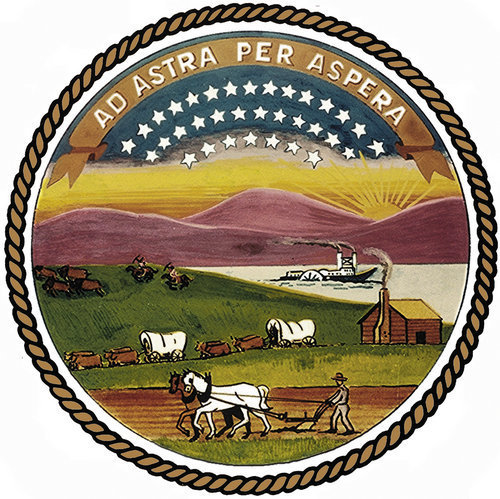Title Page
-
Company Name
-
Conducted on
-
Prepared by
-
Location
Personal Protective Equipment (PPE)
-
While engineering and administrative controls are considered more effective in minimizing exposure to coronavirus, PPE may also be needed to prevent certain exposures. While correctly using PPE can help prevent some exposures, it should not take the place of other prevention strategies.
All types of PPE must be: -
Selected based upon the hazard to the worker.
-
Properly fitted and periodically refitted, as applicable (e.g., respirators).
-
Consistently and properly worn when required.
-
Regularly inspected, maintained, and replaced, as necessary.
-
Properly removed, cleaned, and stored or disposed of, as applicable, to avoid contamination of self, others, or the environment.
-
Employers are obligated to provide their workers with PPE needed to keep them safe while performing their job tasks. The types of PPE required during a COVID-19 outbreak will be based on the risk of being infected with coronavirus while working and job tasks that may lead to exposure.
-
Workers, including those who work within six feet of patients known to be, or suspected of being, infected with coronavirus and those performing aerosolgenerating procedures, need to use respirators.
Addressing Sick Employees
-
Prompt identification and isolation of potentially infectious individuals is a critical step in protecting workers, customers, visitors, and others at a worksite.
-
Encourage workers to stay home if they are sick
-
Employers should inform and encourage employees to self-monitor for signs and symptoms of COVID-19 if they suspect possible exposure.
-
Employers should develop policies and procedures for employees to report when they are sick or experiencing symptoms of COVID-19.
-
Ensure that sick leave policies are flexible and consistent with public health guidance and that employees are aware of these policies.
-
Do not require a healthcare provider’s note for employees who are sick with acute respiratory illness to validate their illness or to return to work, as healthcare provider offices and medical facilities may be extremely busy and not able to provide such documentation in a timely way.
Mandatory Social Distancing
-
Employers must ensure all employees keep at least six feet away from coworkers and the public, when feasible. Other prevention measures are required such as use of barriers to block sneezes and coughs, and ventilation improvements when social distancing isn’t feasible.
-
Move workstations further apart or reduce the number of workstations in use at any given time
-
Stagger work schedules so workers don't crowd when they arrive and leave work
-
Limit the number of people entering the building
-
Use dividers or floors markings to distinguish appropriate spacing for people waiting in lines or in front of service counters
-
Stagger break and lunch schedules to minimize occupancy; or limit and monitor occupancy based on the size and layout of the room.
-
Utilize virtual online meetings and text messaging instead of in-person meetings.
-
Have workers take separate vehicles when the passenger space in vans and trucks doesn’t allow for social distancing.
-
Reduce in-person visits with clients and customers; rely on email, text, and online meetings.
-
Contact clients to inquire about COVID-19 symptoms before making a house visit; this helps ensure the worker can make necessary provisions for PPE and other precautions.
Cleaning, Handwashing & Respiratory Etiquette
-
Promote frequent and thorough hand washing, including by providing workers, customers, and worksite visitors with a place to wash their hands. If soap and running water are not immediately available, provide alcohol-based hand rubs containing at least 60% alcohol.
-
Encourage respiratory etiquette, including covering coughs and sneezes
-
Provide customers and the public with tissues and trash receptacles.
-
Discourage workers from using other workers’ phones, desks, offices, or other work tools and equipment, when possible.
-
Make sure shared work vehicles are regularly cleaned and disinfected.
-
Employees should avoid touching their eyes, nose, or mouth with unwashed hands
-
Maintain regular housekeeping practices, including routine cleaning and disinfecting of surfaces, equipment, and other elements of the work environment.
-
When choosing cleaning chemicals, employers should consult information on Environmental Protection Agency (EPA)-approved disinfectant labels with claims against emerging viral pathogens. Products with EPAapproved emerging viral pathogens claims are expected to be effective against SARS-CoV-2 based on data for harder to kill viruses.
Sign Off
-
Name and Signature
















